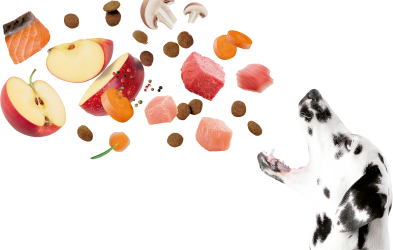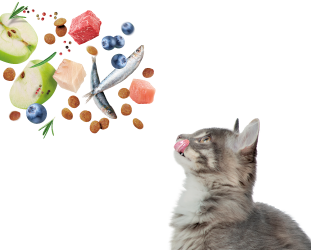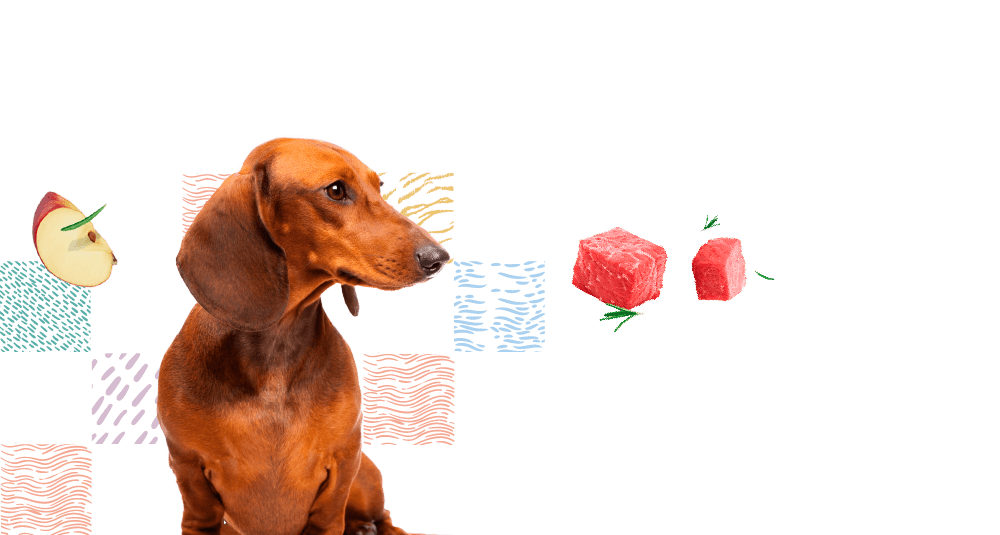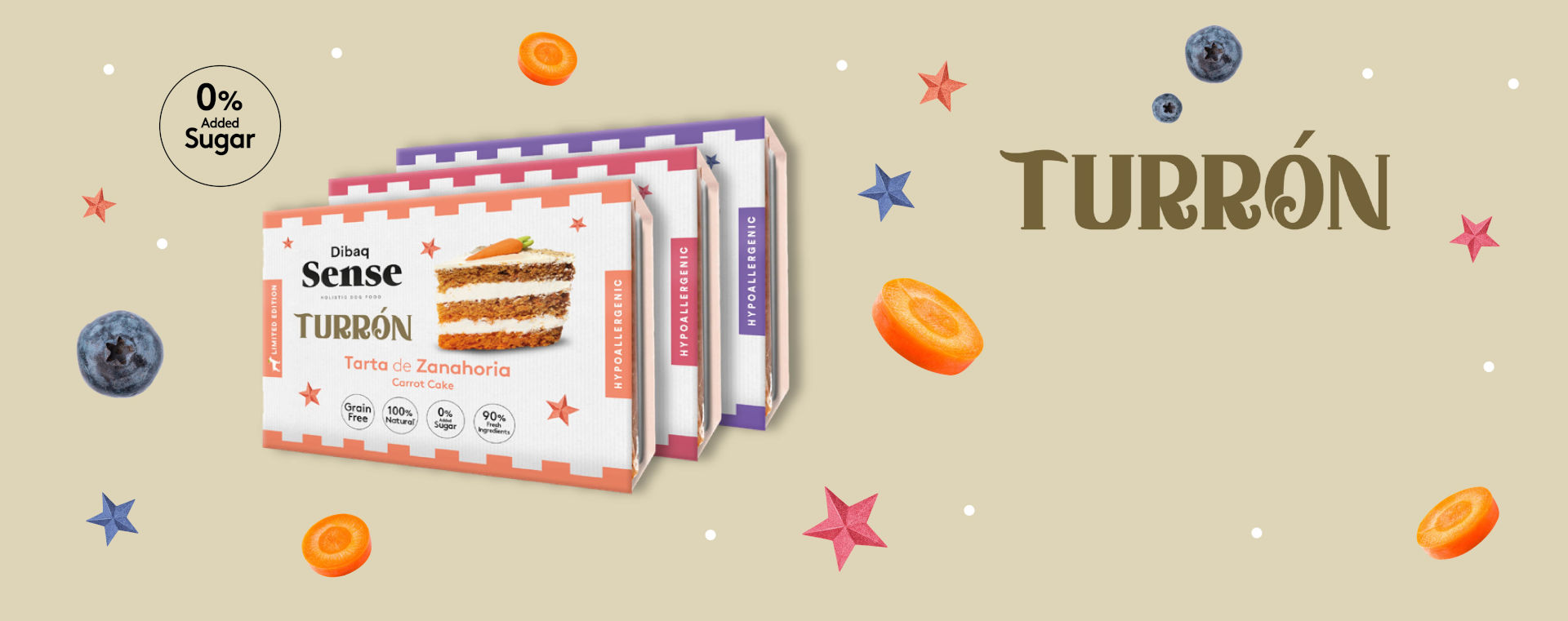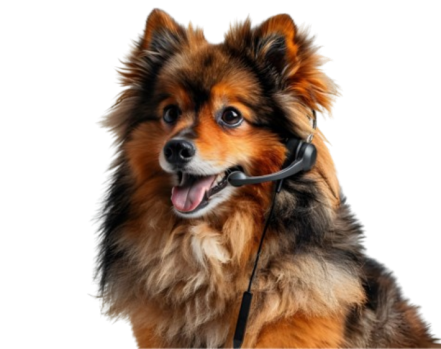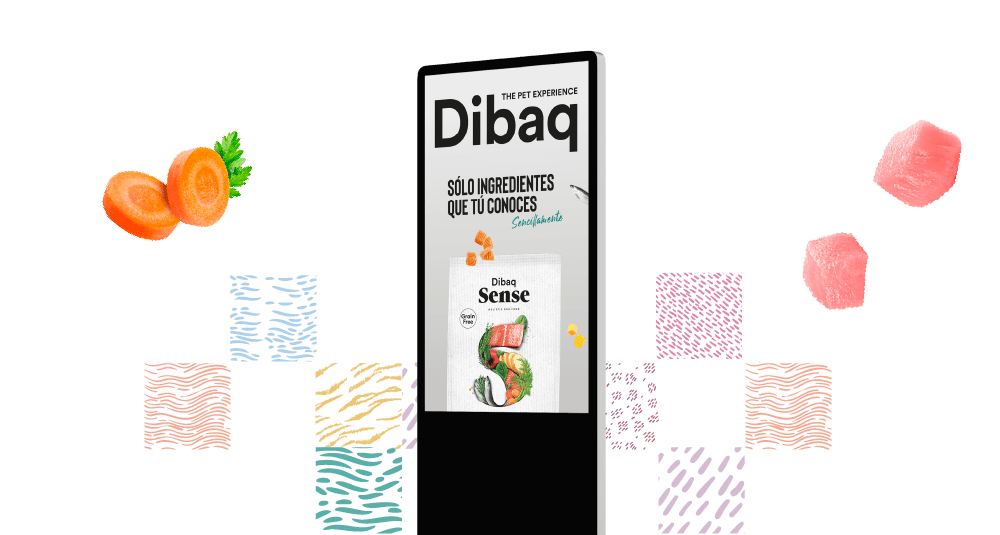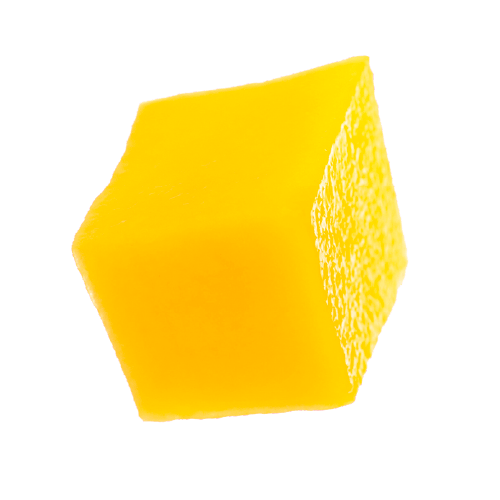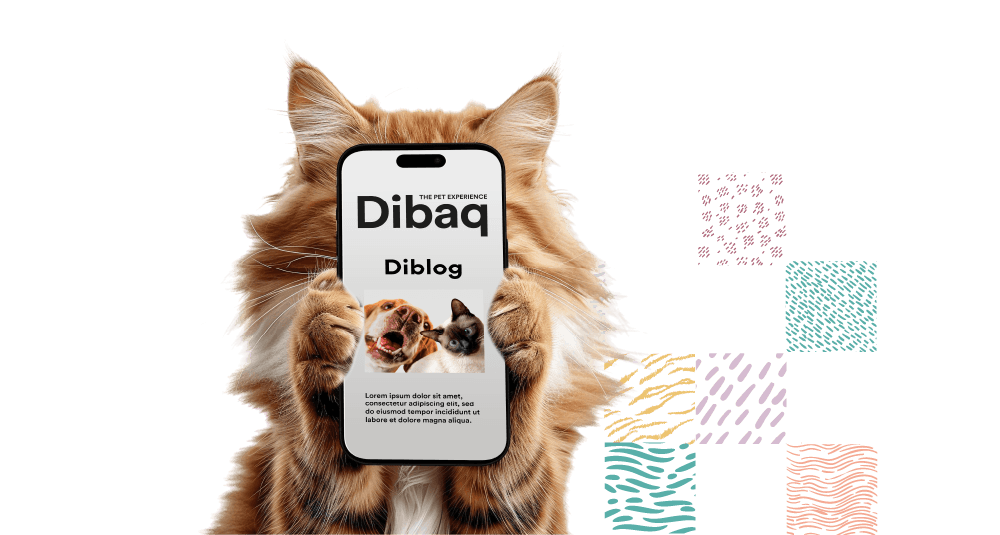Is it a good idea to change your dog's diet?
The idea of giving your dog the same food all his life or varying it from time to time is a free decision and one about which there is a great division of ideas. But what there is unanimity about is the fact that the food you give your furry friend must be quality. The best option will be to find a trusted brand that provides the perfect balance of nutrients and components in your dog's daily food - take a look at our entire range of dog foods -.
None of the options (changing or not changing the type of diet from time to time) will be wrong. But if you finally dare, you should take into account a series of guidelines during the change. Attentive!
A good feed will cover all the needs
Your furry companion will perfectly distinguish a low-quality product from another that stands out for the excellence of its components, that has a high amount of protein and offers a good balance between its amount of fats, fibers, carbohydrates and other nutrients. If you give your dog a feed with these characteristics, it will grow healthy and happy and you will not have the need to constantly change food so that it has a variety of nutrients. They already have everything you need!
If, on the other hand, you are not sure about the quality of the food, you can change the feed from time to time to balance a possible deficit in certain nutritional values.
If you see that your dog is eating poorly , that he is not heavy enough or that he may have a nutritional deficiency, do not hesitate to contact your veterinarian so that he can detect any anomaly in your little one.
Don't change frequently
When you see that your dog leads a normal and happy life, if he is at the correct weight, his skin and coat look healthy and his energy level is normal, you don't have to worry about changing his food. Everything will be correct! If your dog receives an adequate diet, which makes him feel in top shape, changing his food could cause him to not like the new one, not adapt to the new ingredients, or even cause him to be allergic to some of these: each product The new one you try will have different components than the previous one with which your furry body may react.
Ideally, if for any reason you want or need to change your dog's food, you should choose another product from the same brand or a similar one. As for timing, do it gradually; Keep in mind that your dog's stomach will need a few days of adaptation to assimilate the new food.
Leave an adaptation process
If you want to change your dog's food correctly, you should not do it abruptly as this could cause discomfort or stomach problems: vomiting, diarrhea, loss of appetite, among others. That is why it is important that, if you vary your diet, you do so gradually and gradually, following adaptation guidelines over several days. We give you an example:
- Days 1 and 2: Mix 20% of the new food with 80% of the old.
- Days 3 and 4: Mix 40% of the new food with 60% of the previous one.
- Day 5 and 6: Mix 70% of the new food with 30% of the old.
- Days 7 and 8: Mix 80% of the new food with 20% of the old.
- Day 9: Give 100% of the new feed.
Of course: if your dog suffers any digestive alteration, immediately remove the products you are taking at that time and take him to the vet so that a professional can make him a personalized diet appropriate to his characteristics.
Stages of changes: yes rotation is necessary
Feeding rotation will be convenient during your little one's growth stages, that is, when he goes from puppy to adult and when he becomes a senior dog. In these cases you must offer your furry a specific feed for each of these stages and remember that you must also do it gradually.
- Puppy to adult stage: a newborn dog will first go through the weaning phase and then begin to consume specific solid food for puppies. These types of feed are richer in proteins and fats than those for adult dogs. Puppy feeding will continue until 12 months in small and medium-sized dogs and until 18-24 months in large and giant breeds.
- Adult to senior stage: an “elderly” dog will have less activity than one that is in adulthood, so the amount and type of nutrients must be adapted to its new living conditions. At this stage, your furry friend will need components that provide protection for, for example, his joints, that help him maintain his muscles, prevent hypertension, or that have a lower percentage of fat.
After these tips, remember that there really is no single method to change a dog's food and that each of these guidelines does not have to work for all dogs. A gradual approach to any change will always be the most successful, but the veterinarian will be your best ally to resolve any questions or problems about your furry friend's diet.
Share this content

